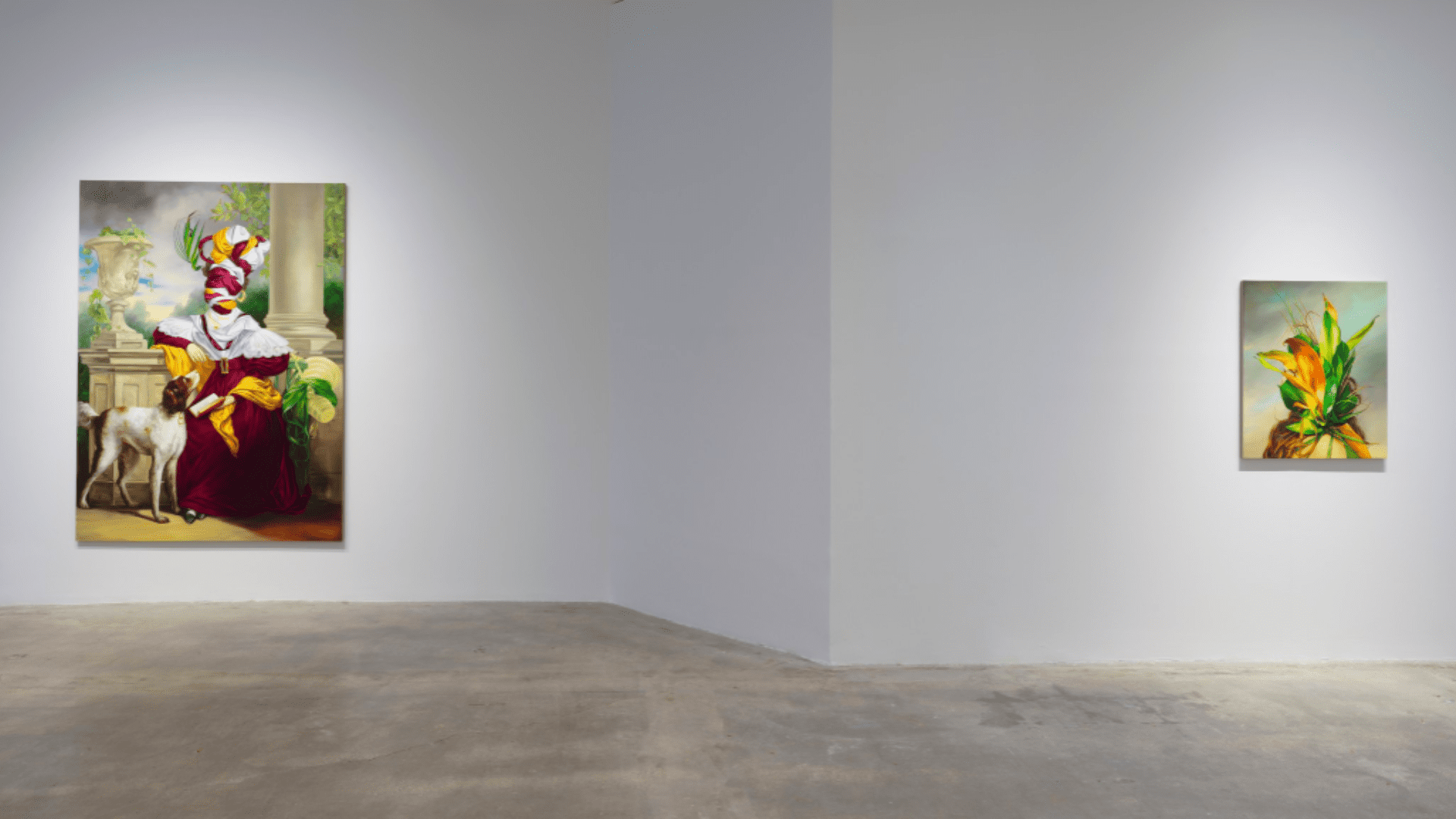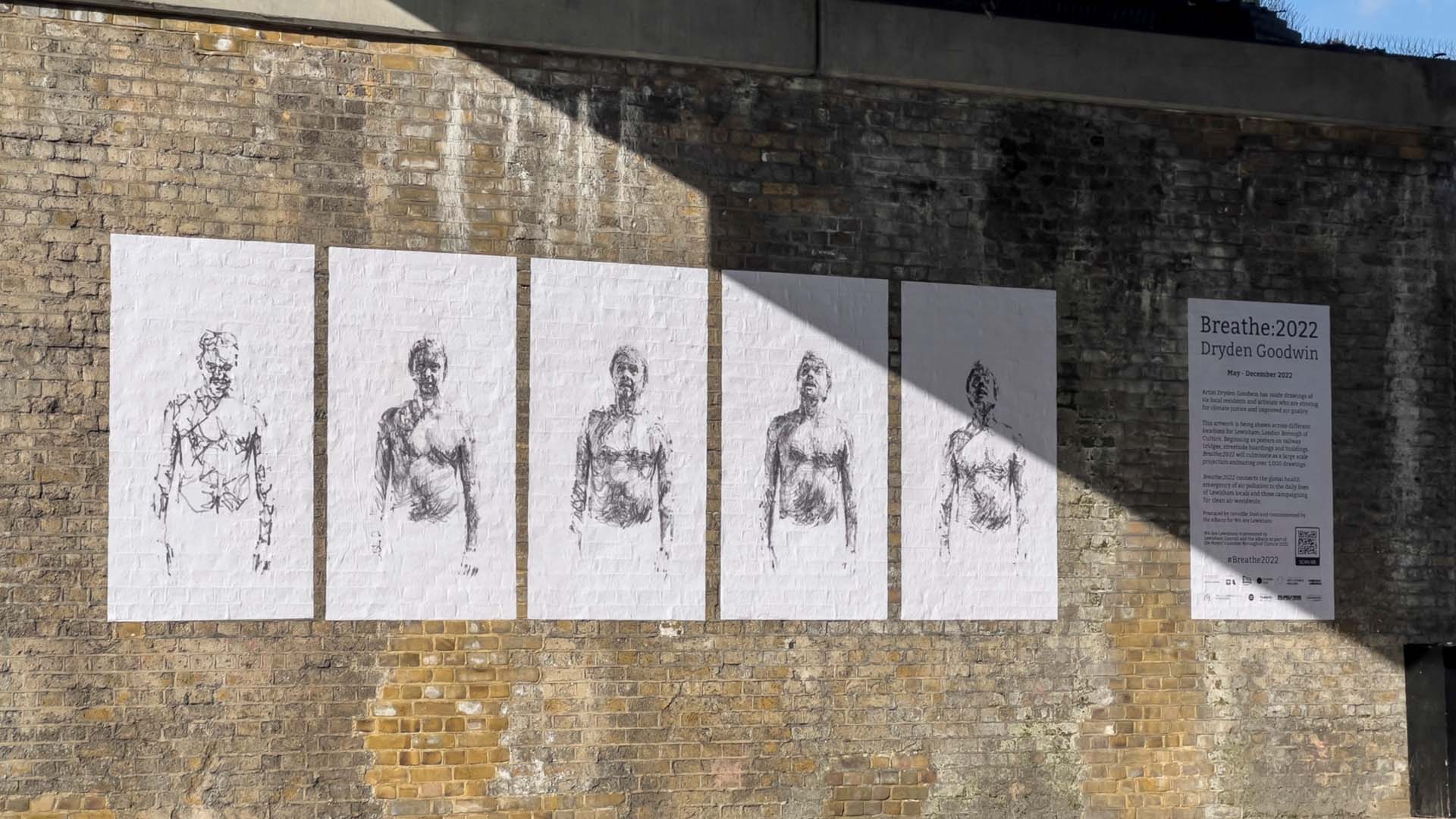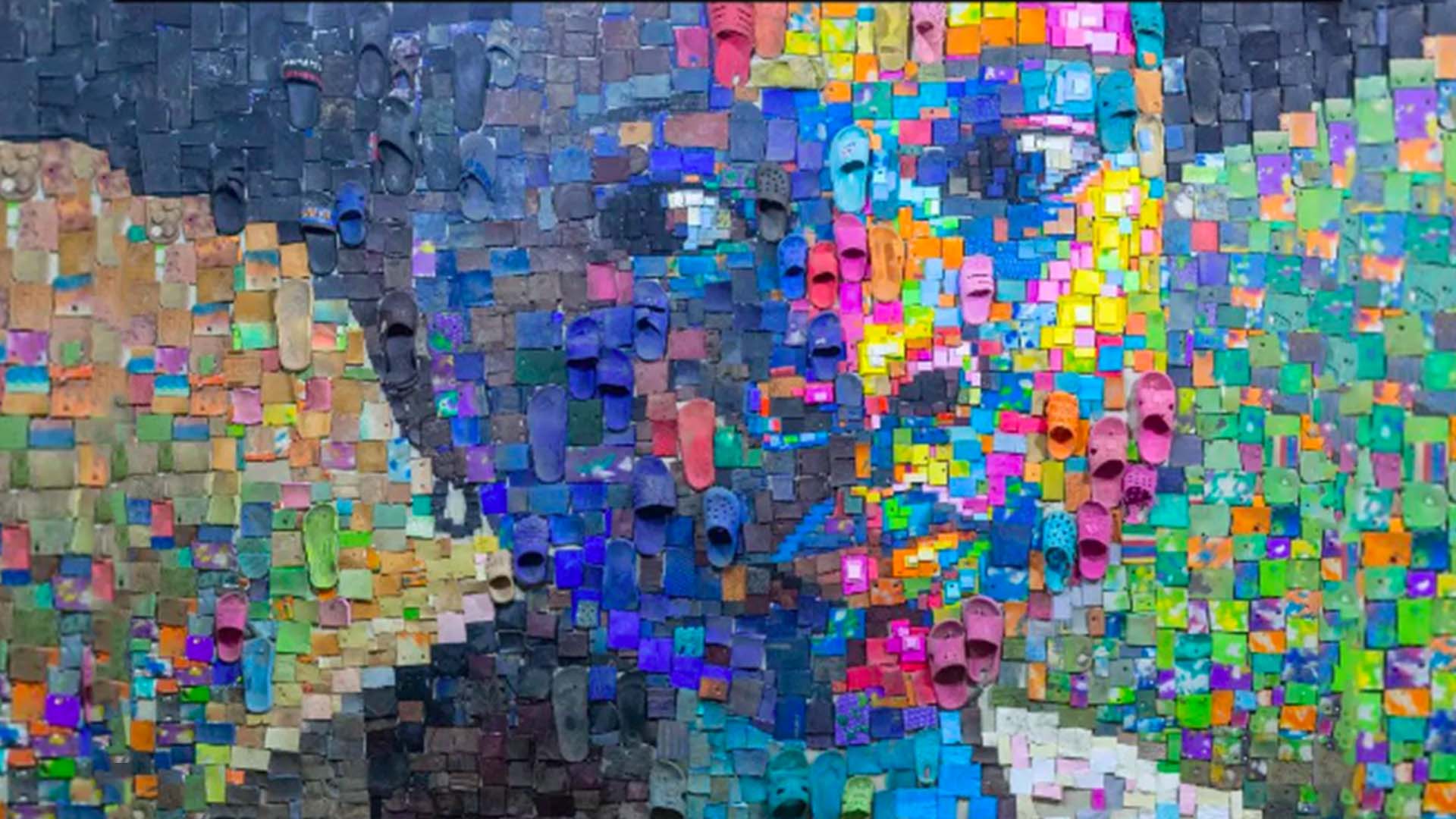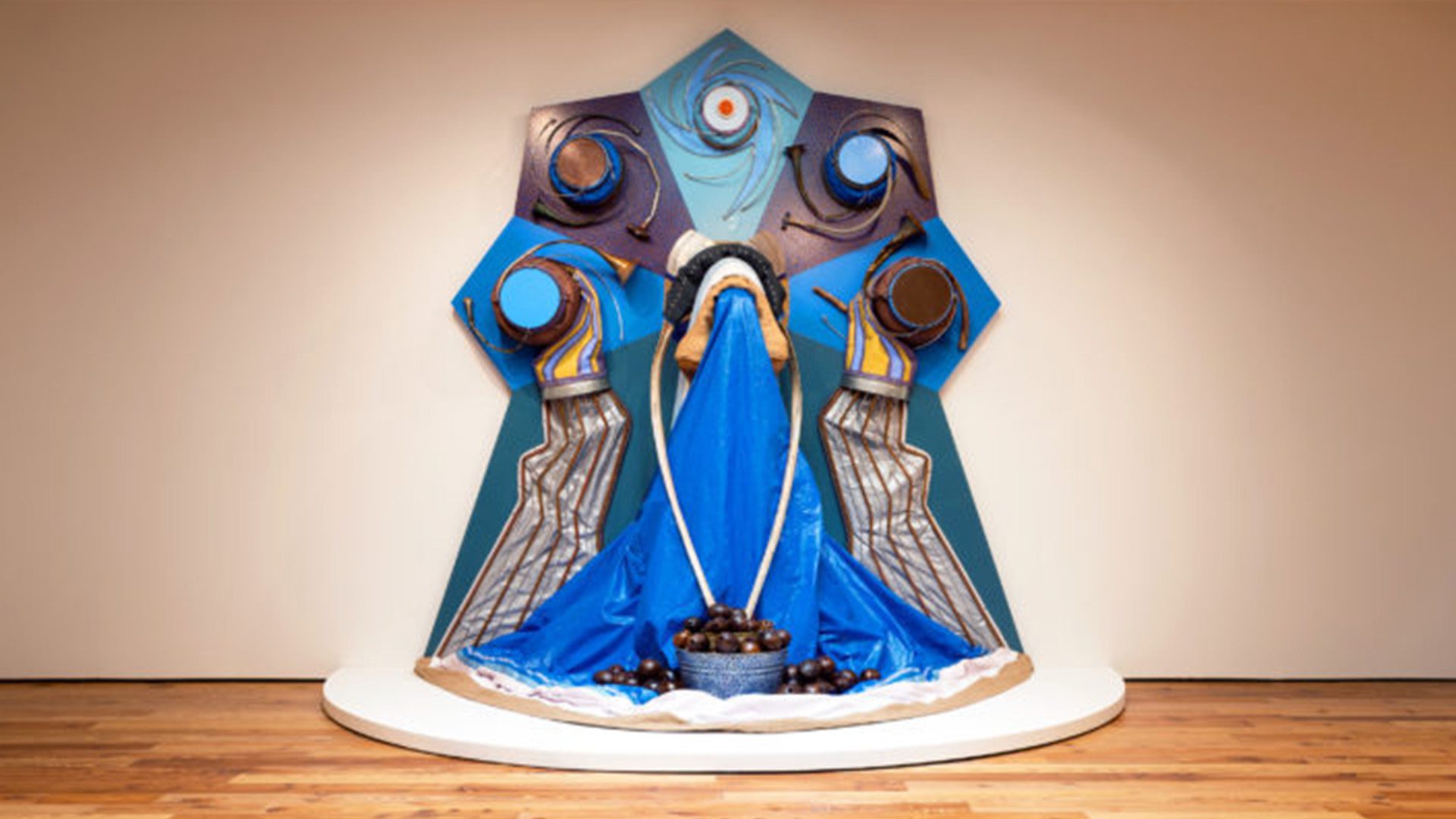In today’s rapidly advancing technological landscape, artificial intelligence has penetrated industries and the realms of creativity. Generative AI art, where artificial intelligence crafts visually arresting pieces, is gaining momentum. But as awe-inspiring as these creations are, they bring forth profound ethical questions and implications surrounding originality, attribution, and the essence of creativity.
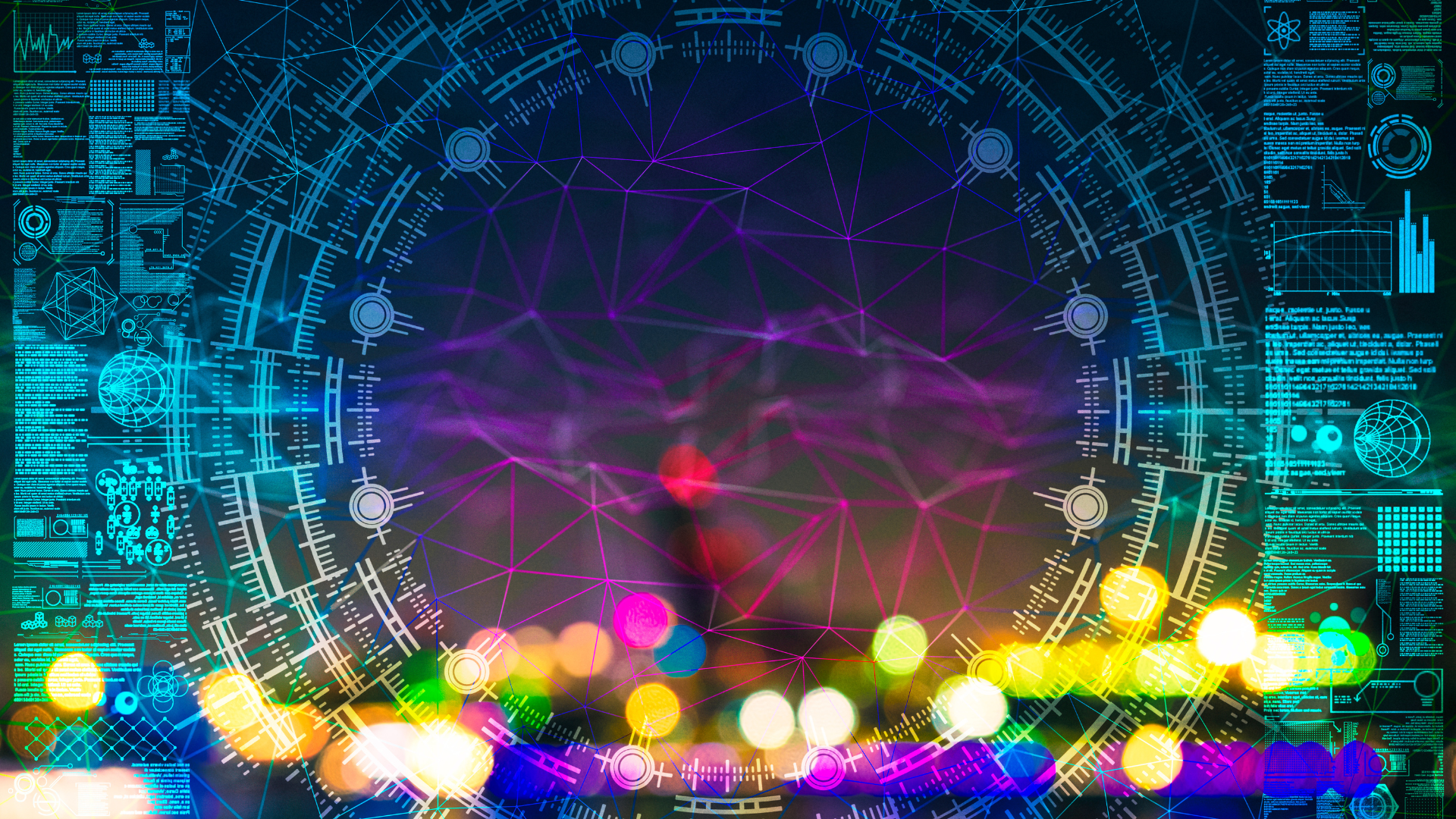
1. Originality and Creativity: Who is the Real Creator?
Generative AI art raises a pivotal question about the origin of creativity and originality. When a piece of art is created by an AI, who truly deserves the accolade for the creation? The AI, which interpreted and generated the piece, or the human who created and programmed the AI? This dilemma makes you reconsider your definition of creativity. Traditionally seen as a solely human trait involving intuition, experience, and emotion, the advent of AI art challenges these notions, propelling you to reevaluate what you perceive as genuinely original and imaginative.
2. Authorship and Attribution: Assigning Credit in the AI Domain
Alongside the question of creativity is the problem of authorship. How do you attribute credit to AI-generated art in a world of paramount acknowledgment? The programmer who coded the AI, the user who utilizes the tool, or the AI itself? Properly attributing artwork is crucial for acknowledging intellectual efforts and respecting creators’ rights. It also impacts the financial aspects of art, affecting valuations, royalties, and sales, thereby making the clarification of authorship imperative in the realm of AI art.
3. The Value of Art: Assessing Worth in the Age of Machines
Generative AI art further complicates the perception of value in artworks. Traditionally, the value of art has been intertwined with the artist’s reputation, skill, and the emotion imbued within the work. With AI entering the frame, determining value becomes ambiguous. Is a piece less valuable because it lacks human emotion and thought, or is it more valuable due to the innovative use of technology? By altering the fundamentals of art valuation, AI art forces the art community and the market to reconsider their valuation paradigms.
4. Ethical Use of Data: The Backbone of AI Creations
The creation of generative AI art relies heavily on data, often sourced from existing artworks. This raises substantial ethical concerns regarding data usage, privacy, and intellectual property rights. Using data without proper consent or acknowledgment can lead to infringement of rights and violation of privacy, raising moral questions about the responsible use of data in AI art creation. Hence, establishing clear guidelines and ethical norms is vital for the responsible evolution of AI-powered art, ensuring respect for existing creations and their creators.
5. Future of AI in Art: A Harmonious Coexistence?
The rise of AI in art opens up boundless possibilities and equally extensive ethical considerations. Can AI and human artists coexist harmoniously, enriching the art world with a fusion of human emotion and AI precision? Or will AI overshadow human creators, rendering the human touch obsolete? Finding a balanced approach is crucial as you delve deeper into this uncharted territory. A future where AI augments human creativity rather than replacing it could lead to unprecedented artistic innovation and expression.
Adobe Firefly says, “From photorealistic portraits to fresh color palettes, the possibilities are pure magic.”
Generative AI art is undoubtedly reshaping the artistic landscape, offering new avenues for expression and creation. However, it brings with it a myriad of ethical implications that demand thoughtful consideration and discourse. From redefining creativity and originality to addressing concerns of authorship, value, and ethical data use, exploring AI in art is a journey fraught with questions and possibilities.
It’s a venture into the unknown, prompting you to reflect on the essence of art and creativity and envision a future where technology and humanity can coexist and enrich one another in artistic expression. Balancing technological advancements with ethical considerations will be paramount in shaping the trajectory of AI-powered art.

